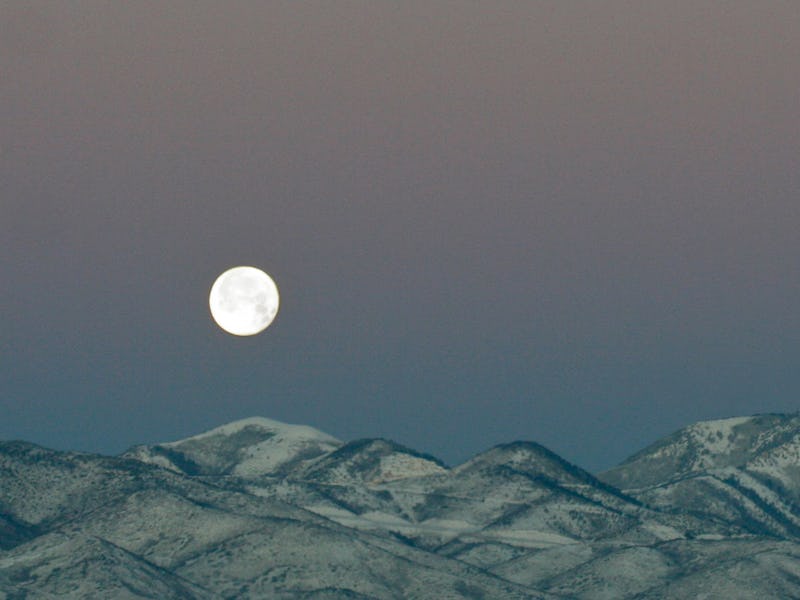Don't miss the last 'supermoon' of the year 2020
May's flower moon will light up the night skies on May 7.

Over the course of its trip around Earth (27 days, 7 hours and 43 minutes), the Moon embarks on different phases: A small sliver of the Moon’s crescent gradually appears in our skies as it waxes to become a full Moon at the peak of its cycle. After that, it begins to wane into invisibility once more, before beginning anew, 29 and a half days after the preceding new Moon.
As the Moon makes its journey, it varies in brightness, visibility and size. And this week marks your last chance to see Earth's only natural satellite at its brightest, and largest.
The next full Moon will be the last 'Supermoon' of the year, appearing at its brightest on Thursday morning, May 7, at 6:45 a.m. EDT. The full Moon of May is also known as the 'Flower Moon' as it happens to coincide with the spring blossoming of flowers during this time of the year across North America.
An illustration that captures the different phases of the Moon.
At the beginning of its cycle, the Moon is on the same side of the Earth as the Sun, with its dark side facing our planet. As a result, it is almost invisible to us. On the other hand, a full moon is the lunar phase that is most visible.
Every month, the moon bears its full face to Earth dwellers when our planet sits right between the sun and the moon. As a result, the side of the moon facing the Earth becomes fully illuminated by the sun’s beaming light.
A 'Supermoon' is even brighter and larger than a regular full moon. The Supermoon shines when the full Moon happens to be closest to the Earth during its elliptic orbit. The proper astronomical term for it is perigean full Moon— referring to the closest point in the moon’s orbit called a perigee.
Supermoon appear as much as 30 percent brighter and 14 percent larger than normal because they are at the closest point to us on Earth.
The first Supermoon of 2020 graced our night skies on March 9, and this Flower Moon will be the fourth and last Supermoon of the year.
But this Supermoon will appear full and bright to the naked eye for three nights, from May 5 to May 8. The Supermoon can also be observed with a small telescope, or a trusty pair of binoculars, for a super luminous view of the rocky celestial body.
The Moon will be in the constellation Libra.
While we're lucky enough to witness four Supermoons this year, next year will only bring two Supermoons in April and May, 2021 so be sure to catch this last full Moon in all its glory.